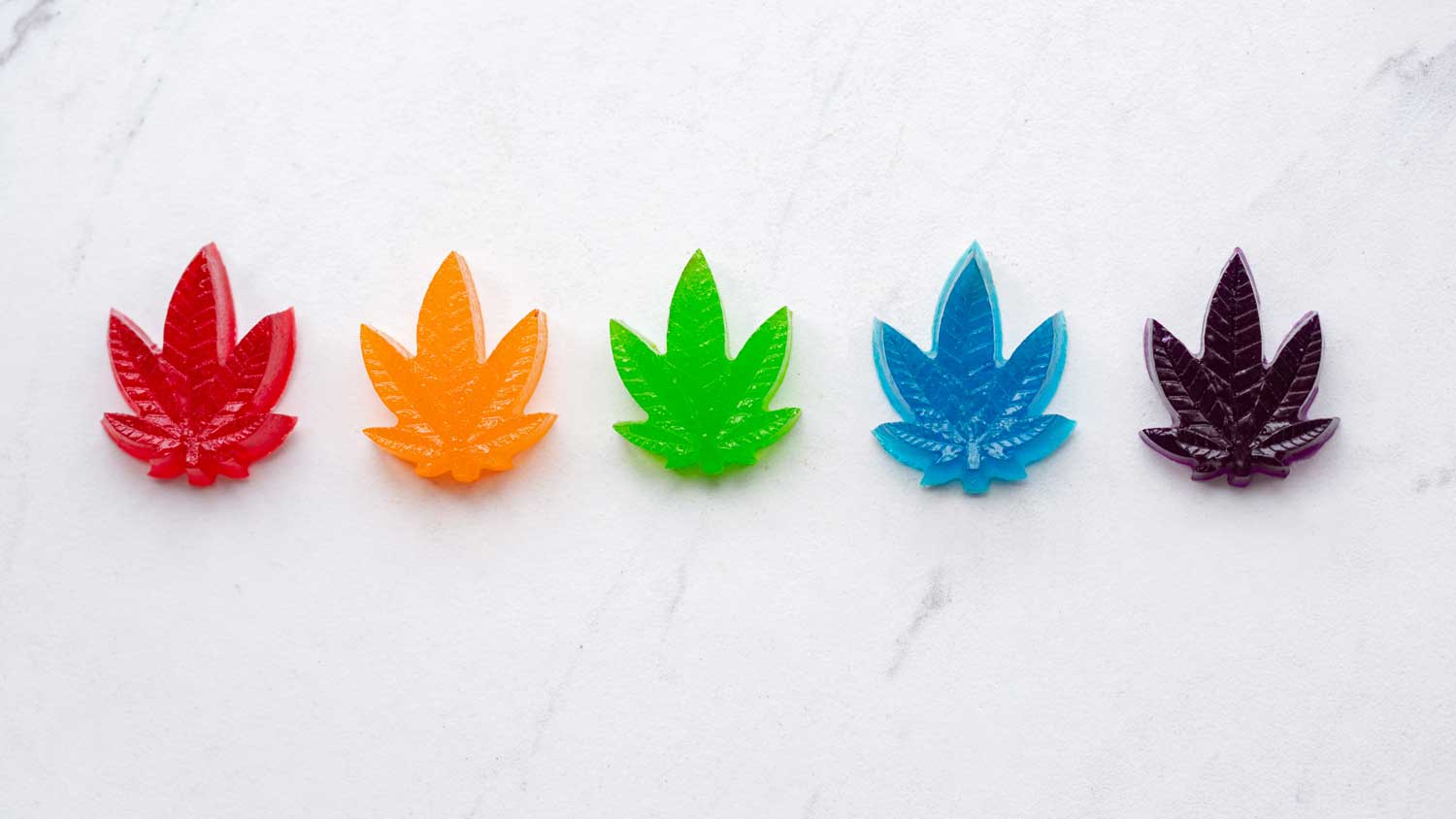By Hanley Foundation Prevention Specialist Jennifer Gavrilko
As the number of states legalizing marijuana increases, the demand for marijuana edibles has also increased.
Marijuana edibles are food and beverage products containing the active compounds of the marijuana flower. Marijuana edibles often contain high levels of tetrahydrocannabinol (THC), the psychoactive ingredient in marijuana. Many different types of marijuana-infused food and beverage products can be purchased through dispensaries, and people continue to create new ways to infuse marijuana into their favorite treats at home. The amount of THC is very difficult to measure and is often unknown in homemade food products. Marijuana edibles take many forms, including but not limited to:
- Brownies
- Cookies
- Chocolate bars
- Lollipops
- Ice cream
- Chewy and hard candies
- Coffees and teas
- Energy drinks
Many inexperienced marijuana users are unaware of the differences between smoking and ingesting marijuana products.
Generally, the effects of smoking or vaping marijuana are often felt within seconds of inhalation, while edibles typically take between 30-90 minutes to be felt.
When marijuana is smoked or vaped, cannabinoids (THC and CBD) are quickly absorbed by the many tiny air sacs in the lungs, called alveoli, and reach the bloodstream almost immediately. Marijuana edibles must go through the digestion process before the cannabinoids reach the bloodstream, and the user begins to feel the effects.
While the effects of marijuana edibles are felt more slowly, they are often more potent and last longer than if the marijuana were smoked or vaped.
Due to the slow onset of effects, it is not uncommon for many inexperienced users to take a second dose before the first has an opportunity to kick in, which could lead to overdose, also referred to as acute marijuana intoxication. If the user has other medications in his or her system, their body may metabolize different amounts of THC, causing THC levels in the bloodstream to increase dangerously, according to the Drug Enforcement Administration.
Consumption of edibles can lead to confusion, drowsiness, impaired motor skills, agitation, and vomiting.
Anxiety, panic attacks, hallucinations, paranoia, and psychotic episodes have also been reported. Irregular heartbeat, depressed respiratory function, and heart attack can quickly result in death.
Research by Volkow and Baylor in 2019 has shown that marijuana consumption via edibles is most likely to lead to marijuana overdose emergency room visits, and this could be attributed to the fact that many users fail to understand the delayed effects of marijuana edibles fully. Another consequence of consuming excessively high amounts of THC too quickly is users can become violent or unaware of their actions.
Individuals may exhibit self-harming behaviors or hurt others while in this state, behaviors that they likely never would have engaged in while sober.
There have been more than a few tragic incidents involving the consumption of marijuana edibles. In many of these stories, the victims began to display unusual and erratic behavior. While one man on a family ski trip shot himself in the head hours after eating marijuana-laced candies, another shot his wife and was sentenced to 30 years in prison after using edibles. His wife had called 911 just before she was shot, as she was concerned for the erratic behavior of her husband. Another jumped to his death from his fourth-floor hotel room balcony just hours after eating a marijuana cookie while on a spring break trip with college friends,according to CBS News in Denver. These tragic stories help to illustrate the need for further research and education on the topic of marijuana edibles and the adverse effects they cause.
Rates of marijuana exposure in young children have also increased with the legalization of marijuana.
Rates of marijuana exposure in young children increased 150% from 2014 to 2016 in the state of Colorado,according to an article on the Center for Addiction website. Often, in these instances, kids mistake “edible” marijuana (like gummy bears, brownies, lollipops, etc.) for regular food. Compared to adults, children can experience more severe effects of marijuana exposure because of their small size and weight. These effects can be life-threatening and include:
- Lethargy
- Difficulty concentrating
- Slurred speech
- Respiratory depression
- Seizures
Many young children who consume edible marijuana products require hospital admission due to the severity of their symptoms.
Parents need to understand the dangers associated with bringing edible marijuana products into a home with young children and educate their older children on the effects of smoking versus the ingestion of marijuana products. The more knowledge a parent can provide a child, the better they will be able to navigate a situation where marijuana is involved successfully.
References:
Drug Enforcement Administration. Drug Alert: Marijuana Edibles. https://www.justthinktwice.gov/article/drug-alert-marijuana-edibles
Volkow, N.D., & Baler, R. (2019). Emergency Department Visits from Edible Versus Inhalable Cannabis. Annals of Internal Medicine, 170(8), 569-570. https://pubmed.ncbi.nlm.nih.gov/30909298/
CBS Denver. Marijuana Edibles Blamed for Keystone Death. https://denver.cbslocal.com/2015/03/25/marijuana-edibles-blamed-for-keystone-death/


